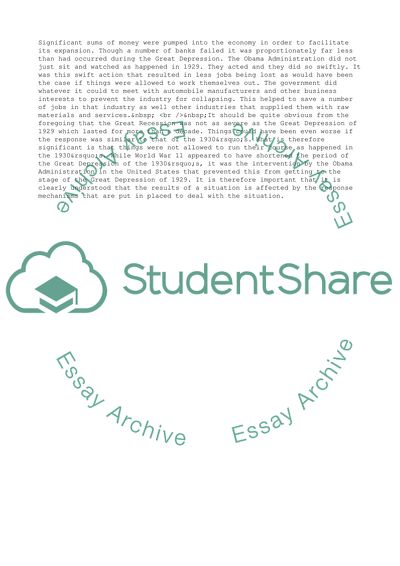Cite this document
(“The results of the credit crunch Essay Example | Topics and Well Written Essays - 2000 words”, n.d.)
The results of the credit crunch Essay Example | Topics and Well Written Essays - 2000 words. Retrieved from https://studentshare.org/business/1575750-the-results-of-the-credit-crunch
The results of the credit crunch Essay Example | Topics and Well Written Essays - 2000 words. Retrieved from https://studentshare.org/business/1575750-the-results-of-the-credit-crunch
(The Results of the Credit Crunch Essay Example | Topics and Well Written Essays - 2000 Words)
The Results of the Credit Crunch Essay Example | Topics and Well Written Essays - 2000 Words. https://studentshare.org/business/1575750-the-results-of-the-credit-crunch.
The Results of the Credit Crunch Essay Example | Topics and Well Written Essays - 2000 Words. https://studentshare.org/business/1575750-the-results-of-the-credit-crunch.
“The Results of the Credit Crunch Essay Example | Topics and Well Written Essays - 2000 Words”, n.d. https://studentshare.org/business/1575750-the-results-of-the-credit-crunch.


